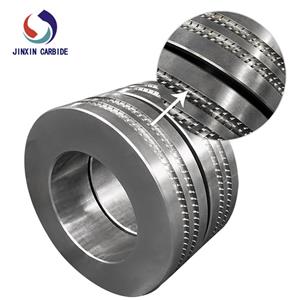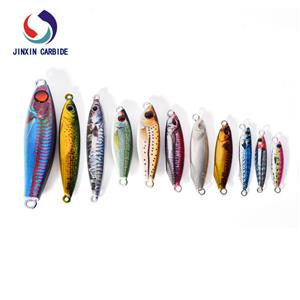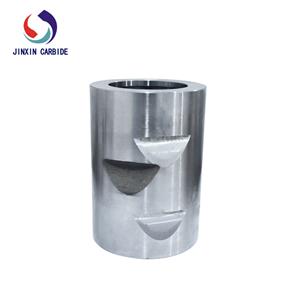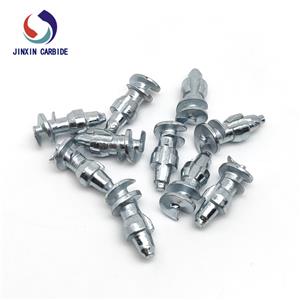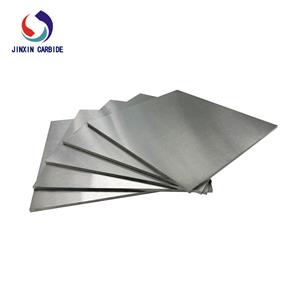YG8 vs K30 Carbide Plates: Which is Best for Your Application?
When selecting the right tungsten carbide plate, YG8 and K30 are two commonly used and high-performance materials. Each has distinct characteristics in terms of composition, hardness, wear resistance, and impact toughness. So, which one is best suited for your specific industrial application?
YG8 carbide plates contain approximately 8% cobalt (Co) and are known for their excellent impact resistance and moderate hardness. They are ideal for applications involving strong mechanical impact, such as medium-strength metal cutting, stamping dies, and wear-resistant parts. YG8 provides a good balance between wear resistance and toughness, making it widely used in metallurgy, construction materials, and mining industries.
K30 carbide plates, on the other hand, offer higher hardness and superior wear resistance. With a denser microstructure than YG8, K30 is designed for high-precision, high-load cutting environments. It is commonly used for high-speed machining of aluminum alloys, wood, plastics, and other hard materials, especially where high surface finish is required—ideal for precision mold manufacturing and fine machining applications.
If your application emphasizes impact resistance and operational stability, YG8 is the more suitable choice. However, if your priority is extreme wear resistance and cutting precision, K30 will be the better option.
Both YG8 and K30 have their own advantages. The best choice depends on your specific working conditions, material types, and machining requirements.
Contact Jinxin today for tailored recommendations and carbide plate solutions that match your needs.


